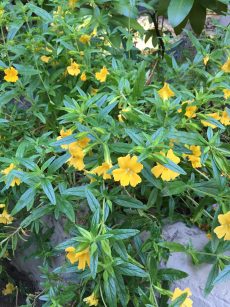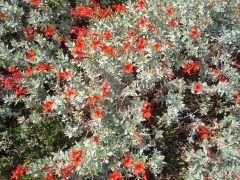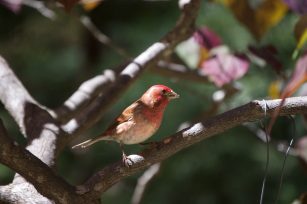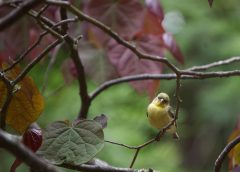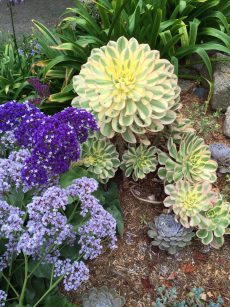Troubleshooting is a form of problem solving. And whether it?s a car problem, your smart phone, an irrigation system or yellowing leaves on a plant the goal is to solve it and make the product or process operational again. When you eliminate the potential causes of the problem hopefully the solution restores everything to its working order. Sounds like something Sherlock Holmes would say and it?s sometimes easier said than done as we all have experienced.

A few weeks ago I received a text with pictures of some plants with brown spots and asked what I thought might be the problem with their plants. This was after the heat wave we experienced and after asking a few questions about irrigation, location and how long the plants had been in the ground, I determined that the plant leaves had been burned in a pattern consistent with the location of the beating sun. At this time of year plants are growing wildly and need a good soak moistening the entire root zone. The solution: Better to water deeply less often than lightly which might not reach all the roots.
The subject of how much fertilizer and what kind came up in another troubleshooting email thread between some fellow horticulturalists. The issue was whether to use another round of organic high phosphate fertilizer in order to encourage bud development on a notoriously short-season tree dahlia. After some lively discussion we decided that the early spring application of rock phosphate was sufficient. Sometimes adding too much phosphorus may actually hurt a plant by preventing the uptake of other nutrients which must also be available to the plant in order to prevent unexpected deficiencies to appear. A balanced fertilizer containing all three nutrients- nitrogen, phosphorus and potassium-was recommended for the remainder of the season.
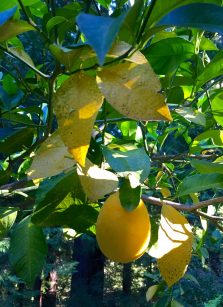
Then there were some problems in my own garden. Well, it seems I am always trying to solve something with plants, pests or critters but this was with my lemon tree. At first I was perplexed when the older leaves of my lemon tree started turning yellow a couple months ago. The new growth looked fine so it wasn?t an iron deficiency where the young leaves display green veins along with the yellowish color.
It wasn?t a nitrogen deficiency either where the mature leaves slowly bleach to a mottled irregular green and yellow pattern, become entirely yellow and then are shed while the discoloration spreads to the younger leaves. I had fertilized in March with an all-purpose balanced fertilizer. Citrus are heavy feeders and require a steady source of nitrogen, the ideal citrus fertilizer having a ration of 3:1:1 (N:P:K)
After eliminating other mineral deficiencies or overwatering as the problem I decided that my lemon was simply dropping interior leaves which is normal after winter but I wanted to trouble shoot all potential causes to be sure citrus greening wasn?t the culprit. If it had been this deadly disease the leaves would have exhibited an asymmetrical pattern.
To quote Sherlock Holmes ?Once you eliminate the impossible, whatever remains, no matter how improbable, must be the truth.? I?ll try to remember that when I?m troubleshooting my next problem in the garden.


